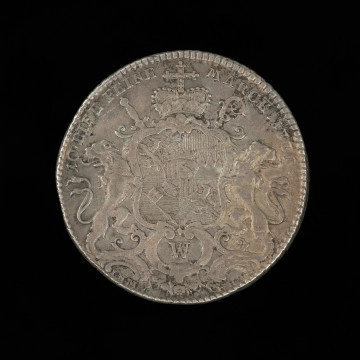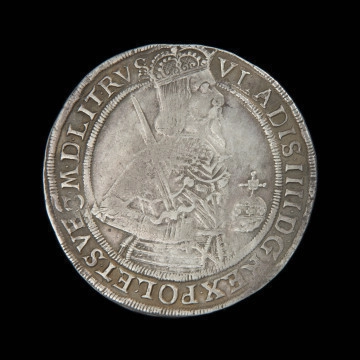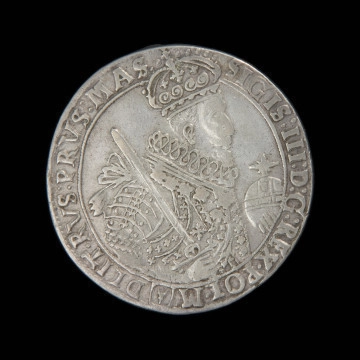
Thaler
1771
National Museum in Szczecin
Part of the collection: German coins
In the first half of the 17th century, the German Reich consisted of about 300 different state organisms. One of the most interesting features was the existence of church states, in which the clergy often exercised secular power, ruling with iron fist. One of them was the Bishopric of Münster, where bishops were elected from among members of local magnate families since the 11th century. Because of this, they were often more interested in building up the power and wealth of their family, rather than in the affairs of the Church. In the first half of the 15th century, the Reformation began to spread in the duchy – sometimes even supported by the bishops themselves. The situation changed with the reign of Ernest of Bavaria (1554-1612), who started the process of re-Catholisation of the duchy. Later, his nephew – Ferdinand Wittelsbach (1577-1650), who minted the thaler – continued this work. The coin is an example of medal-making and minting art of the highest quality. Its appearance and artistic composition were subordinated to one purpose – highlighting the power of the bishop. This was not insignificant, given the ongoing religious war in the Reich. Although the stamps show signs of wear, the thaler is still a very striking coin. Some of the most striking details include a carefully designed Baroque escutcheon with the bishop's family symbols and secular and ecclesiastical regalia. The ruler's rank is also denoted by elaborate titles, which inform the readers that the Bishop of Münster was Duke of Bavaria and, as Archbishop of Cologne, the sacral Elector of the Reich. The reverse of the coin depicts the classically beautiful figure of St Paul the Apostle. The mighty sword in the right hand of the patron saint of Münster was not depicted by accident. On the one hand, it is an attribute of the saint associated with his death, and on the other, it serves as a manifestation of the bishop’s prerogatives and his position in religious conflict. The propaganda aspect was undoubtedly one of the main reasons for minting the new thaler, and the large surface area of the coins made it possible to convey important messages to the users.
Mieszko Pawłowski
Other names
Taler
Author / creator
Object type
coin, money
Technique
minting
Material
silver
Creation time / dating
Creation / finding place
Owner
National Museum in Szczecin
Identification number
Location / status

1771
National Museum in Szczecin

1657
National Museum in Szczecin

1629
National Museum in Szczecin
DISCOVER this TOPIC
Museum of King Jan III's Palace at Wilanów
DISCOVER this PATH
Educational path